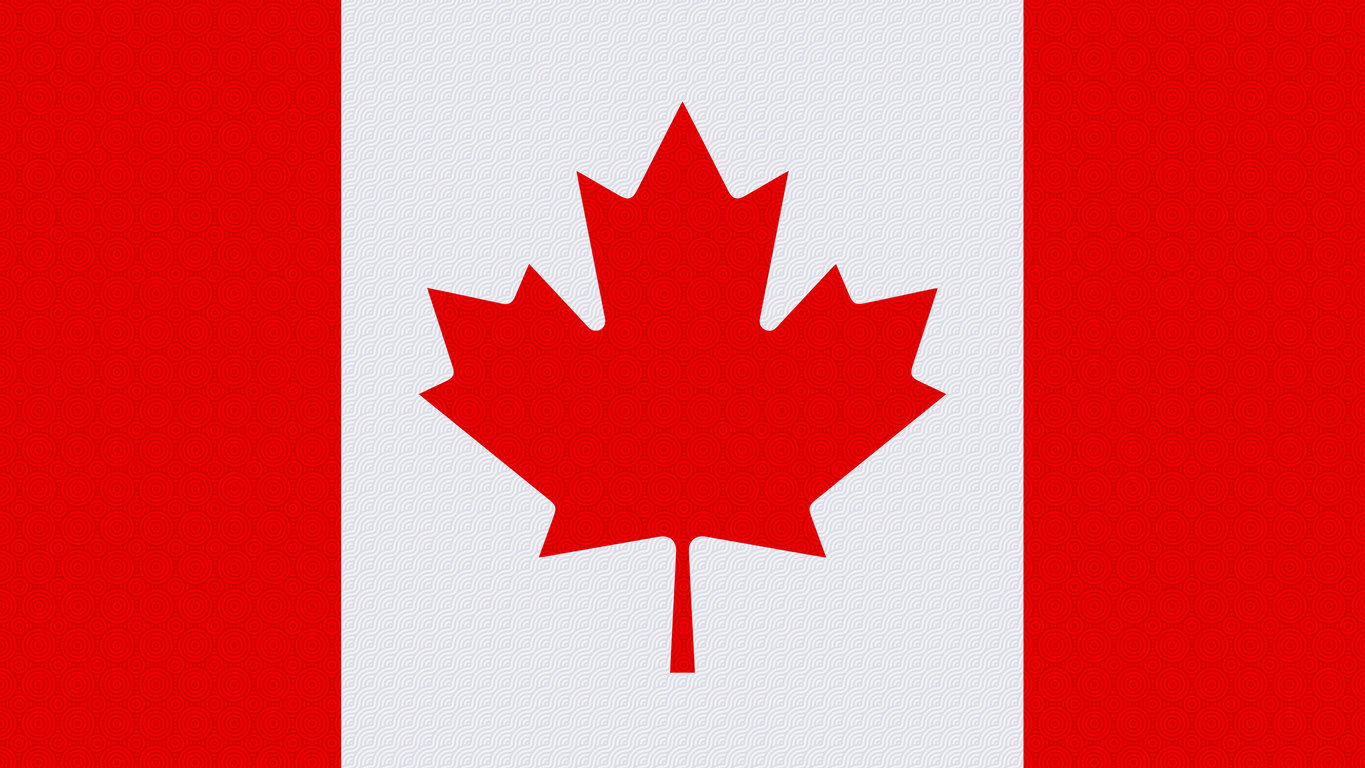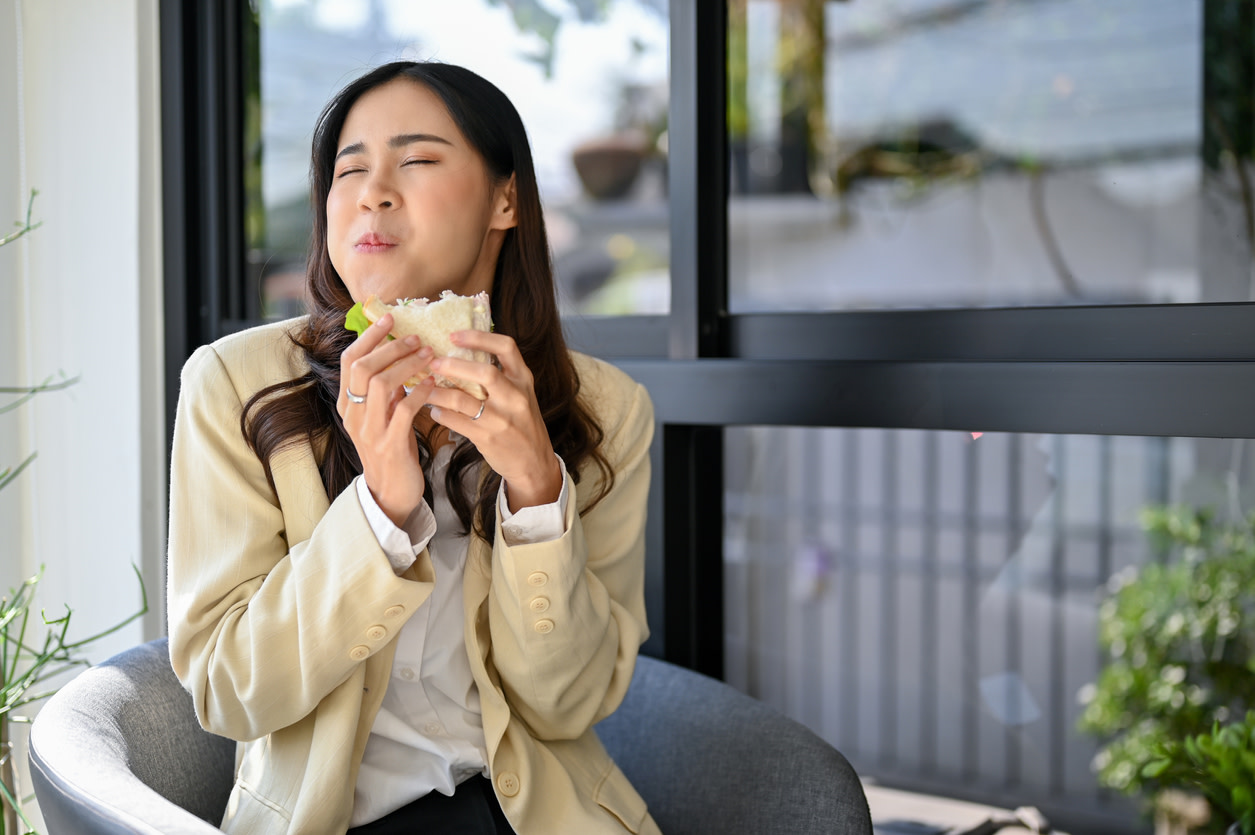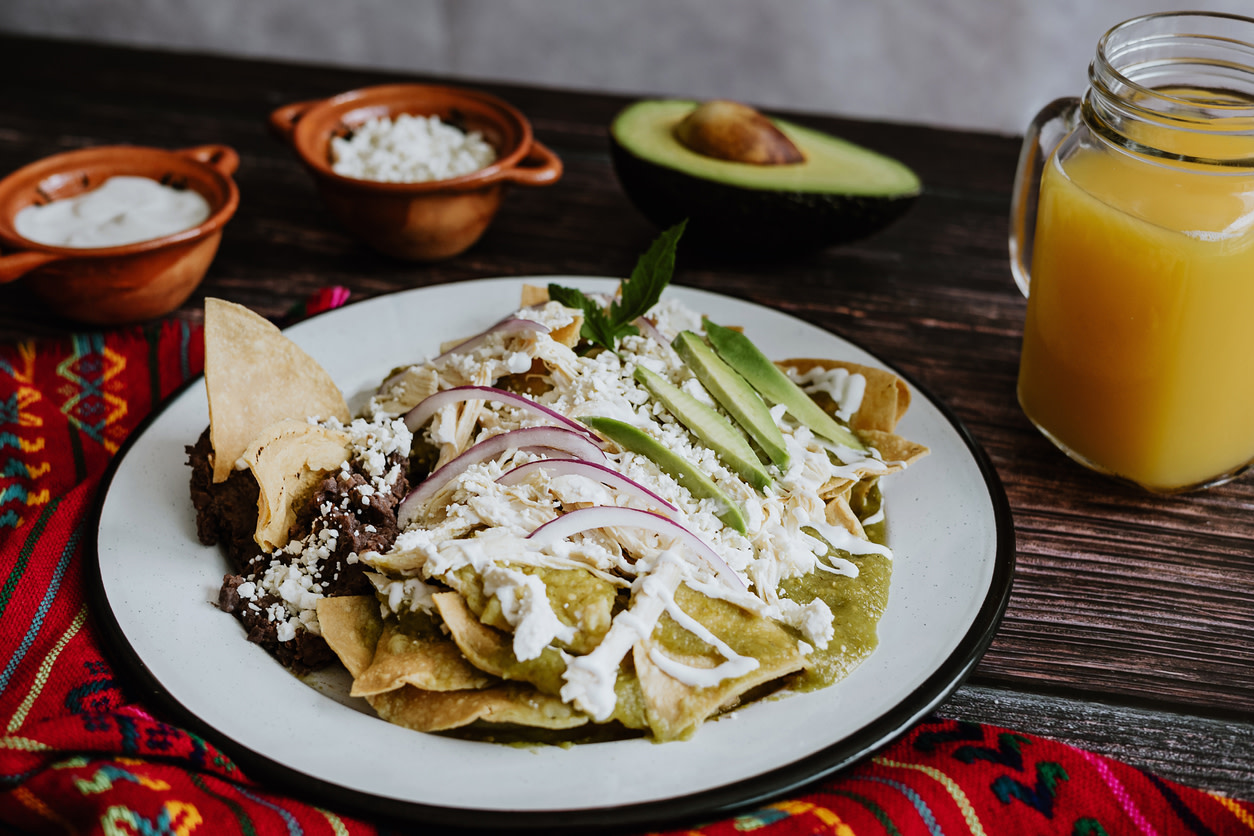
We eat every day, but how often do we think about what’s actually in our food? From the simplest snack to a fancy dessert, chemistry is at play in every bite. Fats, proteins, sugars, acids, and other molecules all work together to create the textures and flavors we enjoy. Did you know that baking soda is a chemical leavener, or that vitamin C is an acid? Food labels and ingredient lists are full of fascinating terms — some familiar, others surprising. In this quiz, you’ll explore what’s really in your favorite foods and learn a bit about the chemistry that makes them tasty (or not!). Get ready to become a more informed eater — next time you grab a snack, you might see it in a whole new light!
No.
1
/10

What common ingredient makes bread dough rise?
No.
2
/10

Getty Images
What gives chocolate its smooth texture?
No.
3
/10
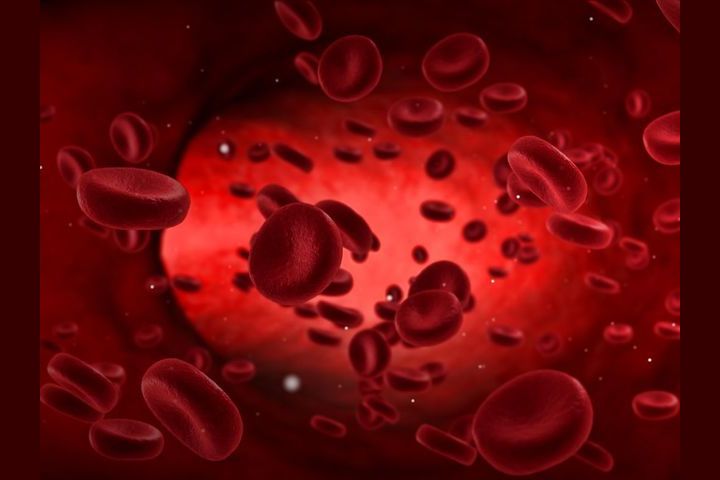
Getty Images
What vitamin is also known as ascorbic acid?
No.
4
/10

Getty Images
What is the main gas that makes soda fizzy?
No.
5
/10
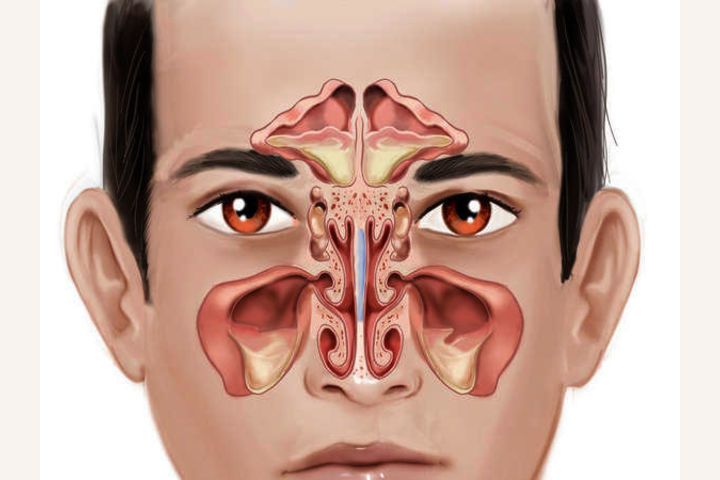
https://todaysinnovativehealth.files.wordpress.com/2016/01/o
What type of sugar is commonly found in fruit?
No.
6
/10
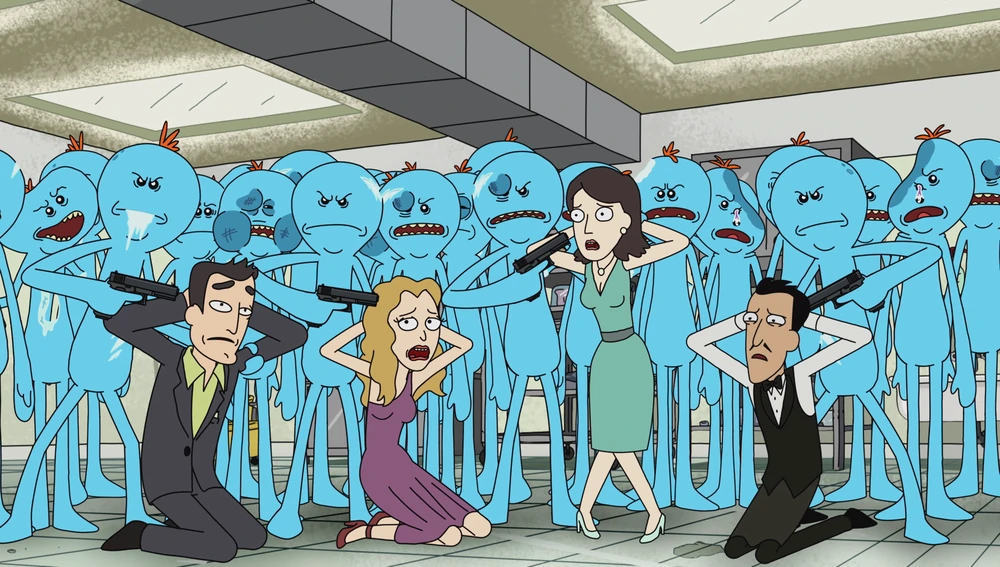
What gives mustard its yellow color?
No.
7
/10

http://files.brightside.me/files/news/part_2/24555/202955-R3
What chemical helps thicken jams and jellies?
No.
8
/10
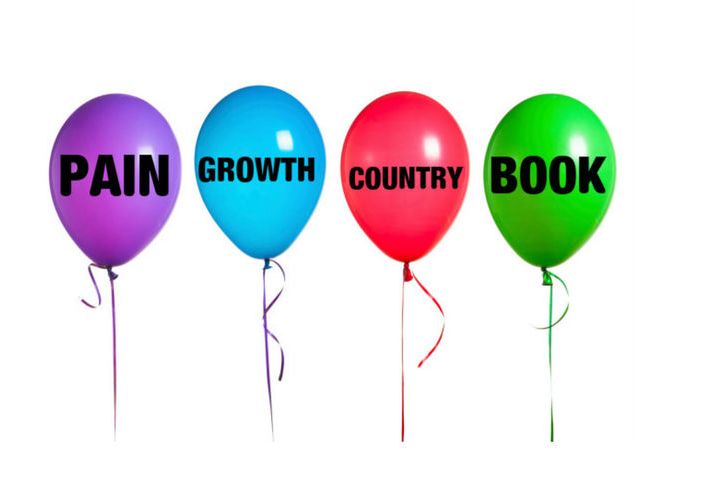
Which acid is commonly found in vinegar?
No.
9
/10
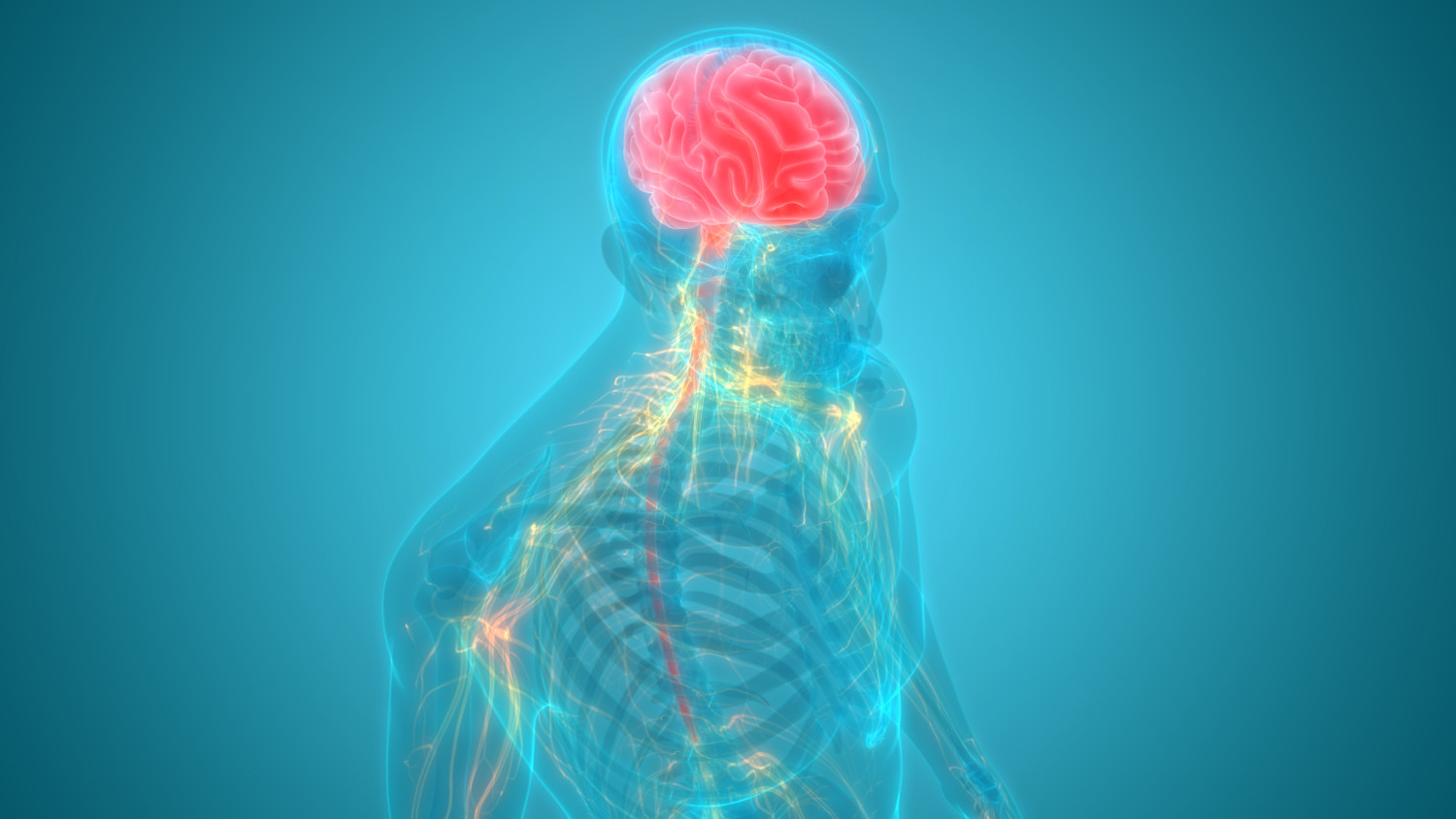
Getty Images
What makes baked goods brown and flavorful?
No.
10
/10

https://s-media-cache-ak0.pinimg.com/736x/84/4d/8f/844d8f6a1
Which mineral is often added to salt to prevent iodine deficiency?
Submit







